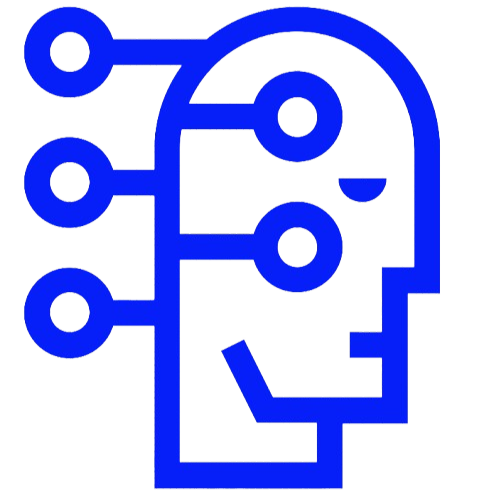An internal support agent, powered by the latest AI, confidently gives a customer an incorrect refund amount based on a misread policy document. The error costs the company thousands and damages customer trust.
This scenario isn't a rare glitch; it's a fundamental risk of today's probabilistic AI systems. While powerful, their "black box" nature means they can—and do—subtly misinterpret context, leading to "plausible but wrong" answers known as hallucinations. Many teams try to solve this with complex prompt engineering, creating a fragile and unmaintainable system of patches.
But what if the solution wasn't a better prompt, but a better architecture? This guide will walk you through a deterministic, three-step framework to eliminate hallucinations and build AI you can actually trust in production.
Why RAG Isn't a Perfect Cure
Let's be clear: Retrieval-Augmented Generation (RAG) is a massive improvement over base language models. By providing relevant documents, it drastically reduces the chance of an AI inventing facts out of thin air.
However, RAG only solves half the problem. It ensures the right ingredients are in the kitchen, but it doesn't control the chef. The final synthesis of the answer is still left to the probabilistic reasoning of the LLM. This creates a critical point of failure: the interpretive hallucination.
This occurs when the AI has the right facts but subtly misinterprets them, ignores a critical negative constraint (like the word "not"), or incorrectly merges information from two different sources. Because the reasoning is opaque, these subtle but dangerous errors are almost impossible to prevent or debug in a standard RAG system.
To achieve true reliability, we need to control not just the context that goes in, but the logic that is applied to that context.
The Deterministic Treatment: A 3-Step Framework
Eliminating hallucinations requires moving from probabilistic hope to deterministic control. The DAA framework provides a three-step treatment to ensure your AI's outputs are reliable and trustworthy.
Step 1: Create a Single Source of Truth (Structured Knowledge)
The first step is to eliminate ambiguity at the source. Instead of feeding the AI a raw document, you first define a schema with Metadata. This tags every piece of information with its undeniable business context. The AI no longer has to guess if a number is "revenue" or "expenses"; the metadata tells it. This structured foundation prevents the most common source of misinterpretation.
Step 2: Enforce Inviolable Logic (Semantic Rules)
Next, you encode your business logic as Semantic Rules. These are not suggestions; they are the "doctor's orders" for the AI's brain. A rule can force the AI to always prioritize an official report over a casual email, or to flag any customer message containing the word "legal" as critical. This layer of deterministic logic acts as a guardrail, preventing the AI from making creative but incorrect leaps of reasoning.
Step 3: Demand a Verifiable Audit Trail (TaskGraph)
Finally, you demand proof. A DAA doesn't just give you an answer; it generates a TaskGraph—the "medical chart" of its decision. This transparent, step-by-step audit trail shows you exactly which pieces of knowledge were used and which rules were triggered to arrive at the conclusion. If an error ever did occur, you could trace it to its source in seconds, not hours.
Conclusion: From Probabilistic Patient to Deterministic Professional
Hallucinations aren't a random bug to be patched with clever prompts; they are a symptom of a fundamentally probabilistic architecture. Relying on hope is not a strategy for mission-critical applications.
By implementing a deterministic framework—structuring your knowledge, enforcing your logic, and demanding an audit trail—you transform your AI agent from an unreliable patient into a trustworthy professional. This is the difference between a clever prototype and an enterprise-grade system you can deploy with confidence.
Ready to build AI you can actually trust?
Start building for free in the DhakaBrain developer sandbox.
